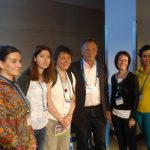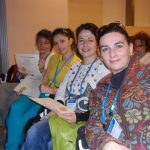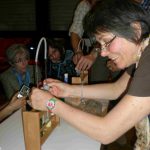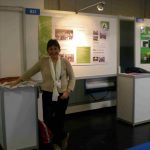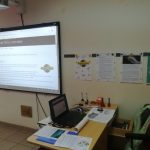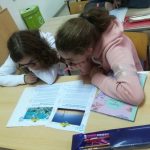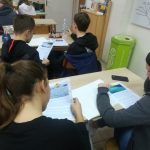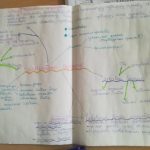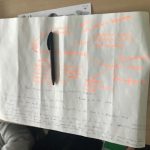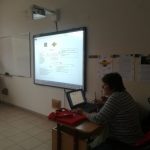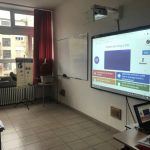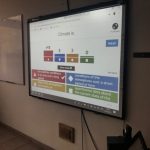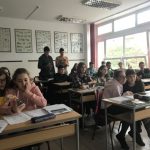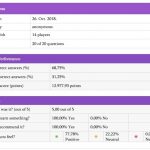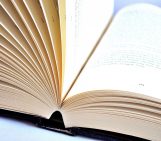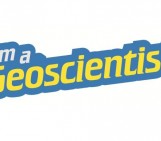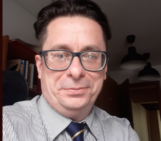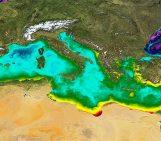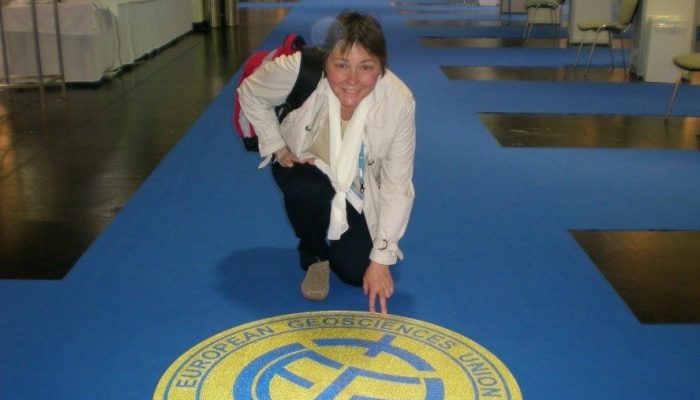
GeoTalk interviews usually feature the work of early career researchers, but this month we deviate from the standard format to speak to Marina Drndarski, a biology teacher at the primary school Drinka Pavlović in Belgrade, Serbia. Marina has been involved with EGU’s geoscience education activities for more than five years; she is an active contributor to Planet Press articles, bitesize press releases for kids, parents and educators, and has participated in the Geosciences Information for Teachers (GIFT) workshops at the General Assembly.
Thanks for talking to us today! Could you introduce yourself and tell us about your career path?
Hi geoscientific people,
My name is Marina, and I teach biology and environmental studies in primary and secondary schools in Belgrade, Serbia.
As an experienced teacher I realised that it’s not only my priority to give lectures and assess my students’ knowledge inside the four walls of my classroom, but also to give them an opportunity to get out of the box: whether that’s involving them in projects, taking part in active citizenship, exploring, researching, debating, or searching for the most improbable and unexpected solutions to problems in everyday life.
During my 25 years of teaching, I worked as an expert for education quality standards governed by the Ministry of Education of the Republic of Serbia. I have written several biology and environmental handbooks, workshops and teaching learning materials for students and teachers.
With my students I have participated in several national and international projects (such as the Global Designathon Serbia, Eco Schools Serbia, the WWF European Schools For a Living Planet, Creating a School (on Mars) From Scratch, and the 2018 International Schools Essay Competition and Debate to name only a few). Meanwhile, I have also completed specialised academic studies on environmental protection and law at Faculty of Law, University of Belgrade.
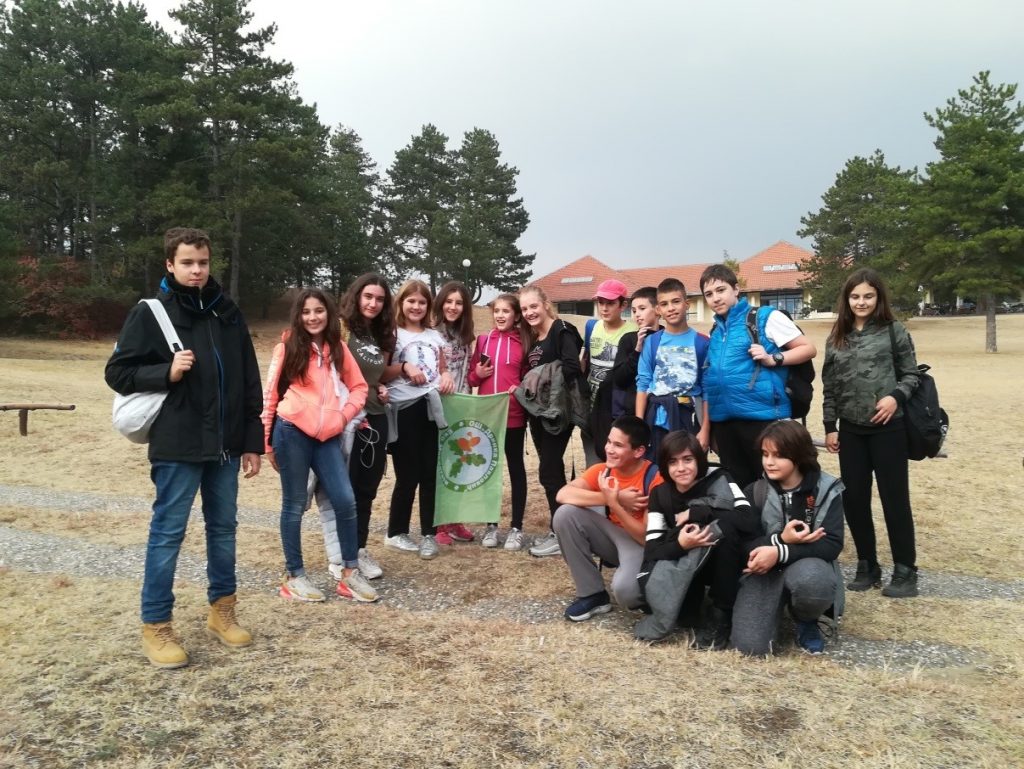
After field work with Eco-Musketeers on Deliblato sands, one of the Special Nature Reserve in Serbia (Credit: Marina Drndarski)
Could you tell us about your involvement with EGU and how that has progressed over the years?
My first experience with the EGU GIFT workshops was at the 2014 General Assembly. First, I was fascinated by the huge crowds of the scientific community, rushing through the halls to be a part of The Face of the Earth (the 2014 conference theme). As part of the event, with colleagues from all around the world, I really enjoyed the inspirational lectures over four days. Although the GIFT program ended by the middle of the week, I stayed up to two more days, until the closing of the conference.
During the EGU GIFT 2014 poster sessions, I presented my work with my students, members of the Eco-Muskeeters, and enjoyed the experience of exchanging teaching methodology with other colleagues and visitors. Among the various activities and workshops that we had that year, I would single out Bárbara Ferreira’s (the EGU Media and Communications Manager) presentation about bitesize press releases for kids, Planet Press. After the presentation we were offered to participate in the translation of the Planet Press releases into our native tongues, which I immediately and wholeheartedly accepted.
- Marina receiving her GIFT diploma
- Marina and her colleagues with their GIFT diplomas
- Marina participating in a workshop on climate change
- Marina in front of her poster at EGU 2014
After great experience participating in 2014, I searched for a new opportunity to participate again for EGU GIFT 2015, The Voyage through the Scales. This time I came with a new poster, Experiment-o-mania, and short oral presentation to GIFT participants on how I use Planet Press articles in my classes.
Although I normally do not teach geosciences, I have found many ways to use the Planet Press releases in teaching biology, especially in environmental science.
During the last few years I have translated all of the articles from English to Serbian. I can confess that I honestly enjoy in each of the new press releases.
In addition to helping review Planet Press articles, you also incorporate texts from Planet Press and GeoTalk into your own lessons! How do you use these articles to teach your students about Earth science?
Students are given different articles from Planet Press which deal with one topic, such as climate change or global warming. Each pair of students also has a piece paper in front of them, with the theme on the paper’s center. As the student pair read the received articles (two for each of them), they construct their maps.
- Introduction of the topic
- Reading the articles…
- …and making the mind maps in pairs
After that, all together, we construct the class conceptual map and discuss and propose suggestions for how each of us can influence to environment based on the principles of sustainable development, such as reducing carbon emissions, saving energy and using water wisely.
- Example of climate change mind map
- Example of climate change mind map
- Putting together the main conceptual map with the ideas from the student’s maps
At the end of the class, students take a climate change quiz on Kahoot (https://create.kahoot.it/; Planet Press) or Quizlet.
Writing a conclusion is an important part of any piece of writing, so for the next class the students write an essay overview to summarise the topic.
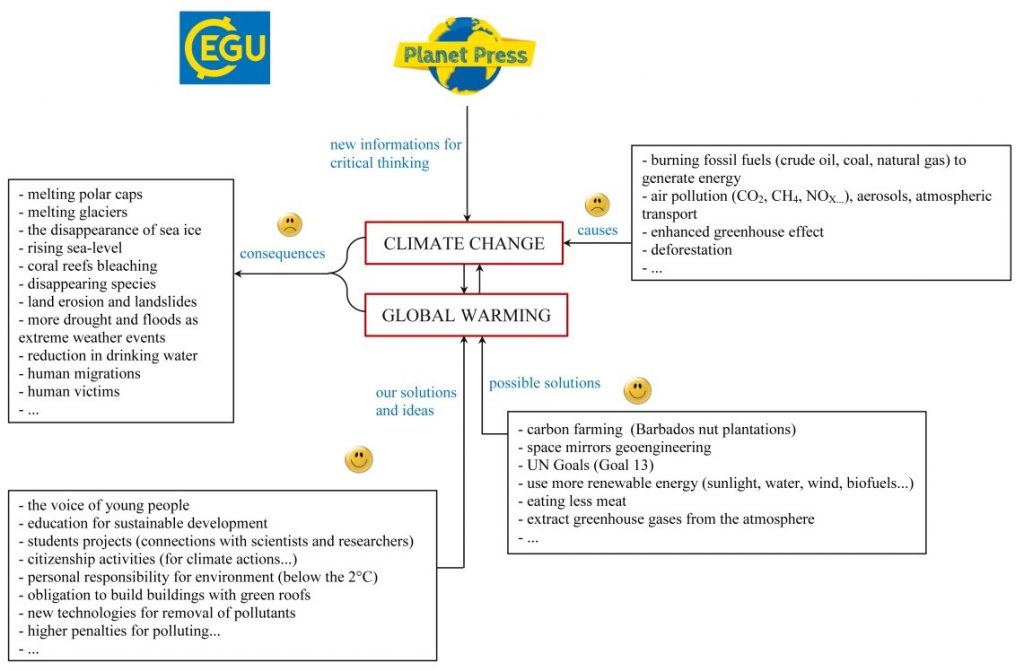
Example of the class conceptual map for climate change and global warming. (Credit: Marina Drndarski)
In your own experience, what have students gained from these kid-friendly posts and press releases?
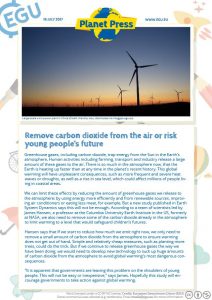
Planet Press: Remove carbon dioxide from the air or risk young people’s future
In my opinion, most of the obligatory textbooks for elementary or secondary school have topics such as climate change, Earth’s structure, glaciers, landslides etc. that are explained too narratively.
Most of the main text are described as definitions which students have to learn as facts, without putting students in the center of learning, placing themselves in a position to explore the topic, perform a scientific procedure and make a discovery, demonstrate a known fact, solve problems, or suggest solutions which may be achievable.
On the contrary, all the articles from Planet Press and GeoTalk provide real examples of field research and show students that science is actually happening somewhere in the world. Most importantly for students, are that most of the articles often show how science can influence everyday life, and that there are possible solutions and recommendations for what we can do to relieve pressure on the planet.
Additionally the questions in the “Find out more” section provide me with an opportunity to develop discussions in class.
Also, the possibility that the articles can be read in a foreign language, for example in English or German (languages which are taught at my school), give students the opportunity to improve their language skills.
What is your advice for scientists that want to work with school kids?
First, it is important for students to understand that somewhere in the world a whole team of scientists zealously work to improve the living conditions of the planet. New findings can help us see the actual state of the planet and give us the big picture of what we need to see. That’s why the Planet Press releases can open new perspectives to students to explore more through the offered material and links or to find answers to some scientific questions, feeding their curiosity and helping them develop awareness regarding the problems which concern us all.
I would suggest one-hour live meetings with scientists and students, whether the scientists are directly addressing kids in the classroom or responding via the internet. Therefore, it is necessary to go over one scientific topic with the students before the meeting in order to allow the students enough time to prepare questions for discussion.
Also, students can be citizen scientists on research teams, and engage in mini projects, such as collecting information from local areas or visiting researchers in the field. Perhaps even some of the students can give new information to researchers!
I am deeply aware that many scientists suffer from lack of time, but this kind of learning can be really helpful for students.
Interview by Olivia Trani, EGU Communications Officer
Some of Marina’s representative publications over last few years
Miličić, D., Drndarski, M., Trajković J., Savić T., Lučić L., and Pavković-Lučić S. (2018). A matter of health: Evaluation of health habits in pupils in Primary School in Serbia; 4th Balkan Scientific Conference on Biology, Nov. 1st-3rd, 2017. Plovdiv, Bulgaria (in press).
Drndarski, M. and Turšijan, T. (2015). Application of case study method of the conceptual map (brain map) in the realization of the education program content of environmental protection (climate change). Book: Teacher as a researcher: examples of good practice, Ministry of education, science and technological development Republic of Serbia, p. 41-47 (usage the Planet Press articles to create conceptual maps about the climate change) ISBN 978-86-7452-064-2. (in Serbian) (https://www.researchgate.net/publication/279195498_Nastavnik_kao_istrazivac_primeri_dobre_prakse)
Drndarski M. (2015). Experiment-о-mania – Abstract for the EGU General Assembly 2015 – Geophysical Research Abstracts Vol. 17, EGU2015-4692-1, 2015. EGU General Assembly 2015. © Author(s) 2015. CC Attribution 3.0 License.
Drndarski M., (2014). All for the Planet, Planet for All – Abstract for the EGU General Assembly 2014 – Geophysical Research Abstracts Vol. 16, EGU2014-PREVIEW, 2014 EGU General Assembly 2014 © Author(s) 2014. CC Attribution 3.0 License.
Miličić, D., Drndarski, M., Holod, A., Lazić, Z. (2014). Fibonacci and golden ratio in interdisciplinary teaching. Teaching Innovations, XXVII, 2014/4, str. 86–91. (http://scindeks.ceon.rs/Article.aspx?artid=0352-23341404086M&lang=en)

